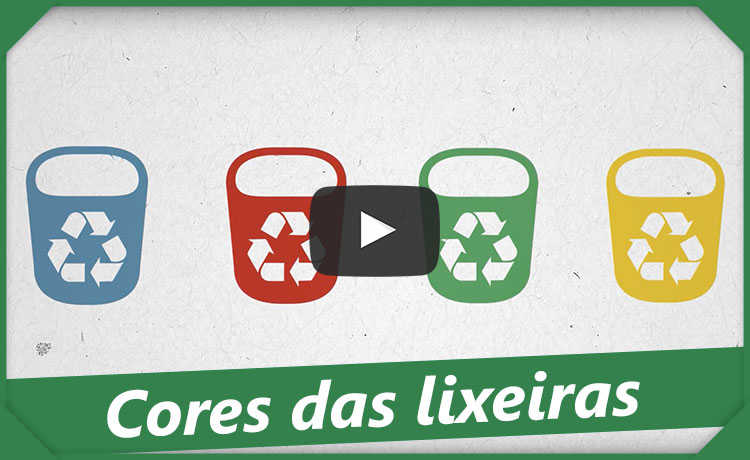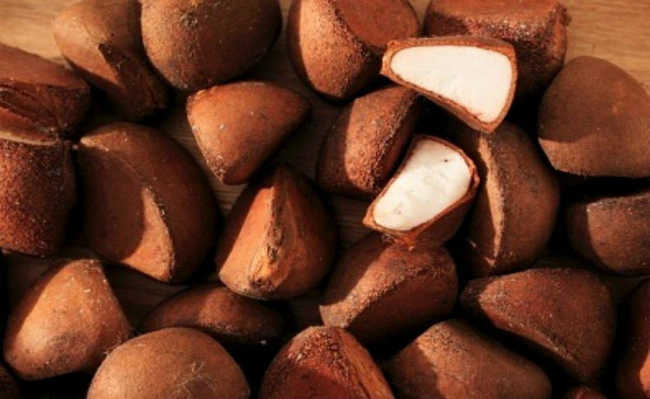How to make good use of the microwave
Check out tips for using the appliance properly and healthy

Despite its practicality and efficiency, the microwave oven became the target of several criticisms, mainly for thesis that it would be harmful because of electromagnetic radiation, even though there is no study that scientifically proves this hypothesis.
If used correctly and in good condition, the microwave does not pose any health risk, since heating occurs by the movement of water particles and not by the absorption of rays, therefore, the radiation does not remain in the food (learn more in “Microwaves: operation, impacts and disposal”). Check out some tips to make good use of the device:
care
The appliances are produced with materials that prevent the release of radiation from inside them, but it is important to take some precautions to ensure that the microwave does not harm your health, such as:
- Make sure the door closes properly;
- Look for the door's adhesive mesh for damage, cracks, rust or other signs of degradation;
- Keep the microwave clean, free from dry food residues, especially at the door;
- Use containers with symbols that indicate they are microwave safe;
- If there are problems closing the door, hinge, latch or seal, use must be stopped and the device repaired, as radiation may escape;
- Always use refractory and shallow containers. Do not use in the microwave: crystals, containers decorated with metallic paints and metallic containers (aluminum foil can be used as long as it does not touch the wall or base of the appliance);
- Only plastics that withstand high temperatures should be used. When plastic is heated, it releases greater amounts of items such as bisphenol A (BPA) and phthalates (read more at: Do you know what BPA is? Know and beware).
how to live with it
In the article “Do you know the dangers of the microwave? Check out five tips to live without it”, we quote tips to help in the transition to a life without microwaves, in the case of those who want to adhere to the idea. However, as we know that home appliances are already part of many people's lives and it would be very difficult to stop using them, we have prepared a guide for those who want to continue using them, but in an appropriate and healthy way.
Adjust power
Decrease the microwave power if you are going to cook a small amount so that the food is cooked evenly. Use half the power if you are going to heat something very liquid or very thick food; use even lower potency – “thaw” option or a quarter of the potency – for something that is already cooked and at risk of overcooking, such as reheated chicken. If you're burning the outside of the food before the inside is cooked, just turn it down at first – you don't necessarily need to increase the cooking time. Remember: excessive heat does not cook food faster, it only removes moisture, leaving it dry. Foods with lots of water, such as soups, cook well at higher potencies because they carry heat through convection.
Rest time
Food should rest as soon as it is removed from the oven so that heat continues to dissipate. Despite being called “rest time”, it is more like cooking time. Most ovens have hot spots, and if you eat food right after taking it out of the oven, some areas are overheated and will burn you. On the other hand, there are also cold spots, where the food does not find enough heat to kill bacteria. Follow rotation instructions and mix thoroughly. Always be careful over time so that the dish does not dry out or harden.
cover the food
Covering a plate before reheating in the microwave helps prevent splashing, keeps food moist and also helps distribute heat more evenly. If you use the microwave to heat up sandwiches, for example, they often get soggy from the humidity. You can avoid this by wrapping them in a paper towel before putting them in the microwave - the paper will absorb the extra moisture.
wash it inside quickly
Often, our food gets too hot and “explodes” in the microwave, leaving a mess that's difficult to clean. When this happens, place a glass bowl with water and a little white vinegar inside it, and heat it for 5 minutes. The inside of the microwave will be full of steam, and it will be easy to clean using a paper towel. See another tip in "The best trick for you to clean and get the bad smell out of your microwave oven".
Use it to:
- Melting butter and chocolate - is easier than in a bain-marie;
- Pre-cooking cauliflower and broccoli;
- Heat food with sauce or pasty, being careful to stir during the process because the heat goes from the edges to the center;
- Dehydrate ingredients for specific recipe preparations; it is excellent with herbs, for example;
- Prepare bacon and avoid smoke and grease in the kitchen;
- Extract more juice from a lemon or any other citrus fruit - microwave for 20 seconds to soften the fibers;
- Recovering crystallized honey - When honey starts to crystallize, the microwave can recover it and make it liquid again. Just open the lid, place the glass in the microwave and heat on medium power for two minutes. Watch out, the honey comes out very hot!
- Easily peel garlic, tomatoes and peaches - the microwave heat removes moisture between the skin and the food, making it easier to remove. Heat the garlic clove for 15 seconds and the peach and tomato for 30 seconds, waiting two minutes before peeling.
Recycling and disposal
If your microwave oven is still in usable condition, donate or sell it. If it is no longer fixed, the best way to dispose of it is to send it for recycling. The microwave is made up of various materials such as plastic, glass and metals, which can be separated and recycled.
If there are no service stations in your region, it is recommended to ask the government and the manufacturer for assistance on how to dispose of your microwave oven. Look for the stations closest to you in our search!
Sources: Tudo Via Email, Gnc Recipes, Real Simple, Egg Gastronomy, Your Health










